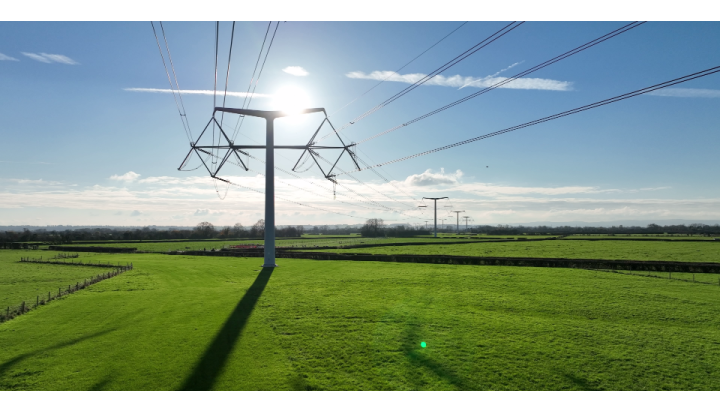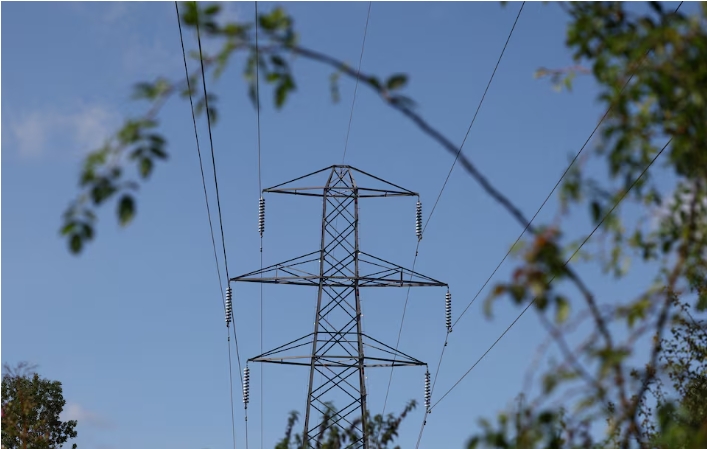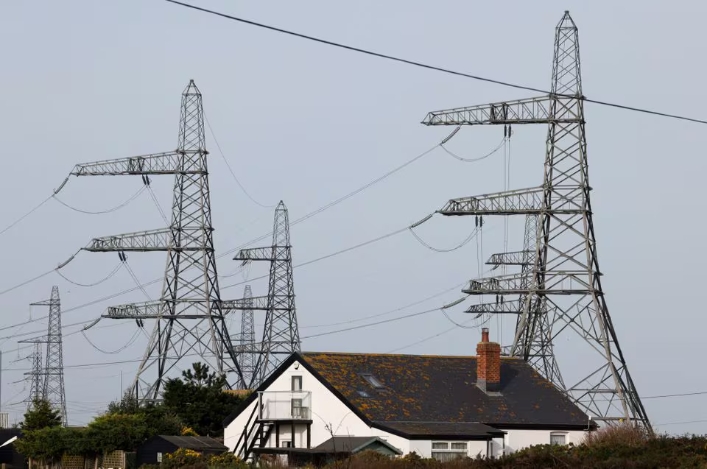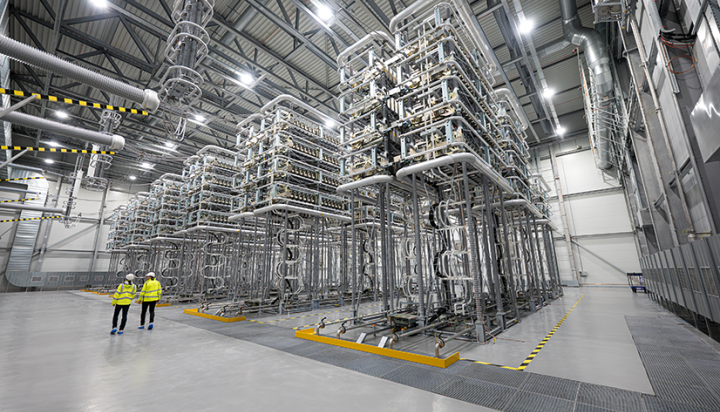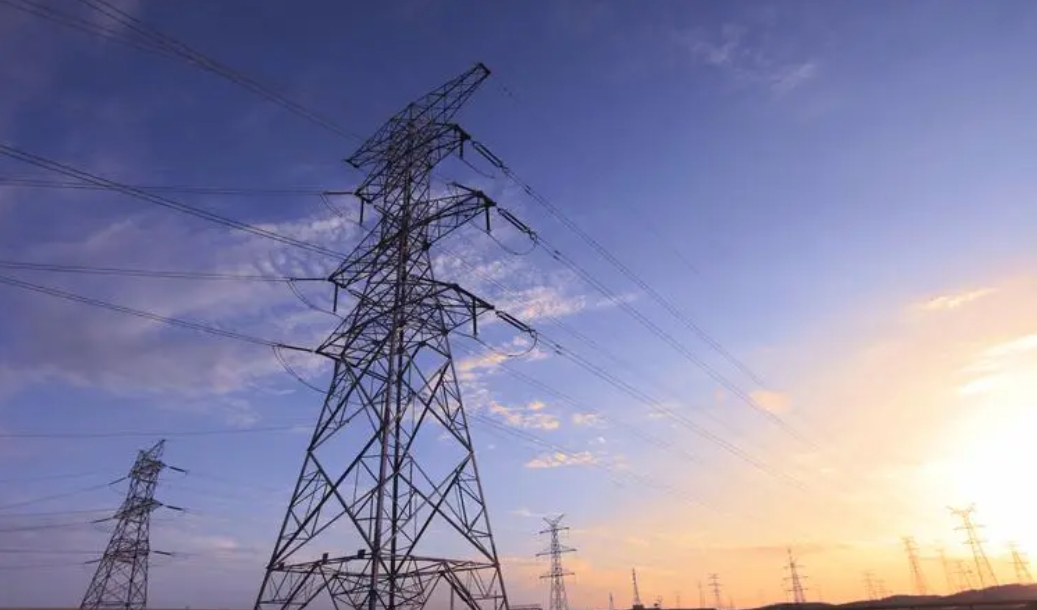
UK startup Synchrostor recently secured funds from the UK Department for Business, Energy and Industrial Strategy (BEIS) to develop pumped thermal energy storage technology to store grid-scale electricity.
“SynchroStor will receive GBP 79,560 ($98,200) to deliver a feasibility study of a grid-scale pumped thermal energy storage system which is easily scalable and can be installed almost anywhere,” the BEIS said.
The company's founder and managing director, Win Rampen, told pv magazine that the grant comes on top of a GBP 1 million that BEIS offered to develop the technology in conjunction with the University of Edinburgh.
“We see many market opportunities for the technology. One interesting example is addressing wind curtailment in the UK where wind farm operators are interested in co-locating energy storage with wind farms,” said Rampen. “Utility-scale, island-based, photovoltaic systems provide another example where diurnal storage can help a transition away from diesel generation typical of many Caribbean islands.”
Rampen described the technology as a pumped thermal energy storage (PTES) system that is fully reversible in 30 milliseconds and has a round trip efficiency of around 70%. It is based on a high-pressure, positive-displacement, multi-cylinder ‘compressor-expander’ machine.
During the charging cycle, most of the cylinders operate as argon compressors at a peak pressure of 200 bar and, in the discharging cycle, they act as expanders by returning pressure energy back into shaft energy.
“The power rating and depth of storage are both modular and independent of one another, allowing systems to be sized according to need – with the possibility of later upgrading of capacity,” Rampen explained. “The mineral storage material is inert and inexpensive, and the plant equipment is largely made of steel, allowing for full recycling of the facility at end of life.”
The proposed system relies on direct-contact heat-exchangers, which SynchroStor claims reduce losses during the heat exchange process. It also uses novel “lock-hoppers,” which move heated and cooled storage material between the high-pressure gas system and the unpressurized storage silos.
System configuration
In the charging cycle, the system uses electricity to power the compressor, raising the pressure and temperature of argon gas. Material from the hot-side “ambient” silo is constantly moved via a lock-hopper into and through the pressurized, hot-side, screw-conveyer heat-exchanger.
The argon flows through the interstitial spaces between the material, in the opposite direction to the material motion, with the material getting progressively hotter, and the gas getting progressively cooler. The thermal storage material then exits the heat exchanger, is depressurized by a second lock-hopper and sent to the hot-side storage silo. The gas, now at ambient temperature, leaves the hot-side heat-exchanger and enters the expander where it drops in pressure and in temperature, the recovered mechanical energy offsetting some of the energy used by the compressor.
At the same time, a second stream of material moves, via a lock-hopper, from the cold-side ambient silo through a second, similar, heat-exchanger with the cold gas from the expander outlet flowing in the opposite direction. Very cold material leaves the heat exchanger, is depressurized by a lock-hopper, and is sent to the cold silo.
“Gas exiting the cold-side heat-exchanger returns to the compressor and the cycle repeats until the supply of material from the ambient stores is exhausted or a command to change the plant operating mode is received,” Rampen explained. “The storage material can remain in hot and cold storage for long periods with very little energy loss, thanks to use of effective insulation on the stores.”
In the discharging cycle, everything reverses. The gas and the material flows swap in direction, the compressor becomes an expander, the expander becomes a compressor, and the electric motor becomes a generator.
According to Rampen, this configuration offers several advantages. “The power density is high due to the pressurized argon working fluid. This reduces the amount of real-estate required by the plant,” he explained. “Furthermore, the hot, cold, and ambient stores all operate at atmospheric pressure, so that they are much cheaper to build and can be unlimited in size and energy storage capacity.”
He said the ability to switch extremely rapidly between charge and discharge modes allows the generator to respond to network frequency-support requests.
“On top of this, the electrical machine is a directly connected, synchronous motor-generator. This type provides spinning inertia, variable reactive power, and unparalleled fault handling ability – attributes that are prized by power companies looking for generation assets that can help to stabilize networks,” he said. “We cannot release a detailed capex estimate, but we forecast that our system cost per kW will be less than comparable energy storage plants. Our cost per kWh will be substantially lower thanks to the use of low-cost thermal storage material. A levelized cost of storage (LCOS) study is pending.”
Synchrostor recently launched a two-year plan to build a pilot demonstrator plant. This system, rated at 1 MW with 10 hours of storage, will be assembled and tested at a grid-connected site in Scotland.
“Our system uses no hazardous materials on-site, no fume-generating processes, and the land area requirement is modest,” said Rampen. “Moreover, it can provide grid inertia and ancillary services.”


